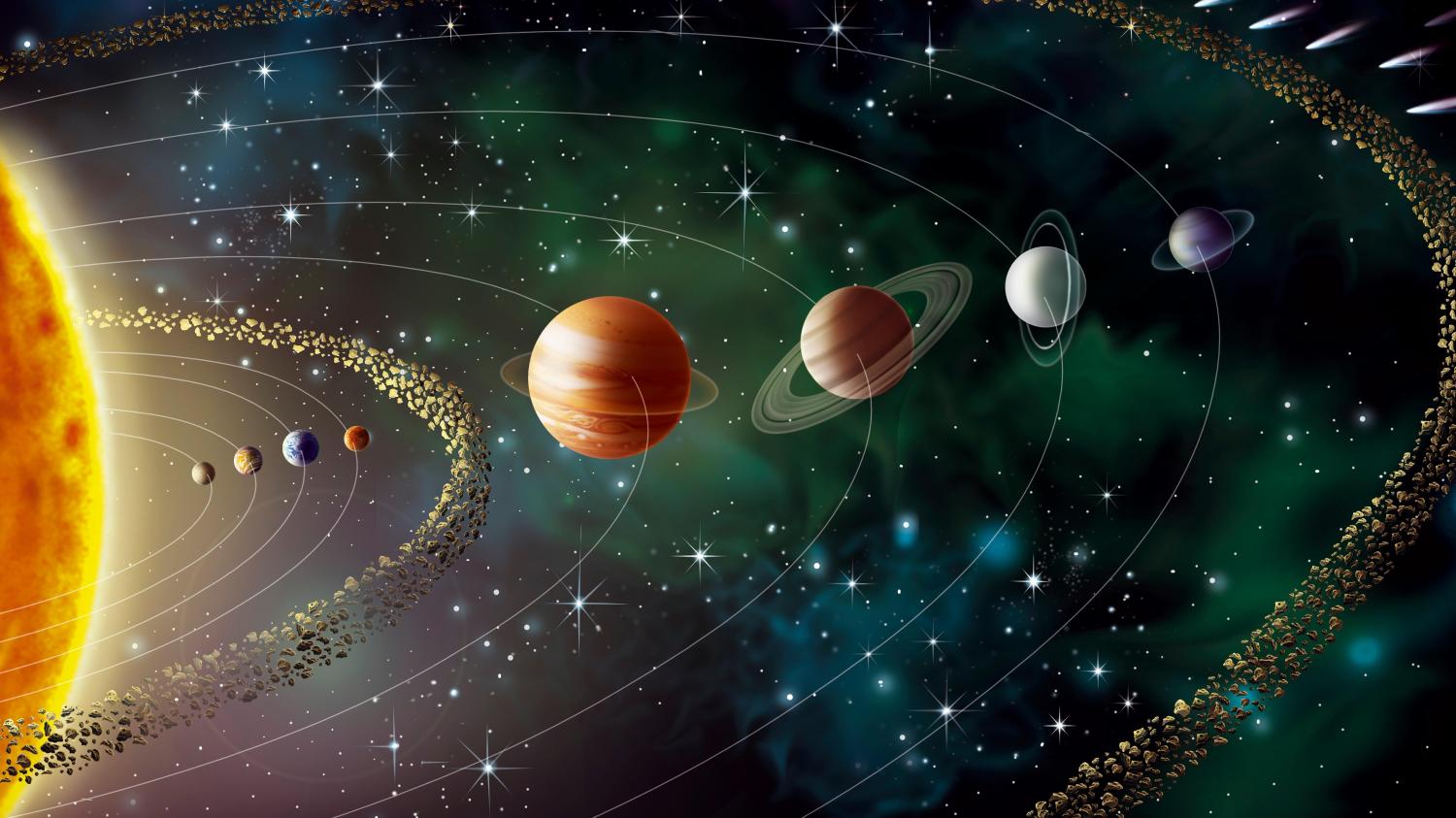Living on Earth, we do not feel our planet moving around the Sun at an average speed of 107.8 thousand km/h. Behind the manifest beauty of this cosmic dance we fail to see the incredible number of revolutions that each planet has already managed to complete over the billions of years of our solar system’s existence.

How many revolutions around the Sun has each planet made during this time? It may seem difficult to calculate. But because planetary orbits have remained virtually unchanged for most of their history, all it takes is a little simple math.
The solar system emerged 4.6 billion years ago from a cloud of gas and dust left over from a stellar explosion. The Sun and large planets subsequently formed from it. According to the Planetary Society, the giant planets were born about 4.59 billion years ago, and the smaller rocky planets — Mercury, Venus, Earth, and Mars — were formed about 4.5 billion years ago.
An important moment in the evolution of the solar system was the “dynamic instability” that occurred about 100 million years after the formation of the first planets. It caused gravitational pulling and ejection of residual material beyond the sphere of influence of the Sun’s gravity. The turbulence had faded over time, and the planets that had survived that turbulent period found themselves in stable orbits. Since then their motion has remained almost unchanged.

“For 98-99% of the life of the Solar System, the orbits of the planets remained stable,” emphasizes astronomer Sean Raymond of the Bordeaux Astrophysical Laboratory in France.
An important feature is that it is possible to determine the number of revolutions of each planet using their current orbital dynamics. For example, the Earth, having existed for 4.5 billion years, has completed about 4.5 billion revolutions around the Sun.
But each planet moves at a different speed. Mercury, being the closest to the Sun, makes one revolution in 88 days, so it has made about 18.7 billion revolutions in the same period of time. On the other hand, Neptune, which is the farthest from the Sun, completes one revolution in 164.7 years, so it has made only 27.9 million revolutions during its existence.

Although the above figures are impressive, it should be noted that most planets have the ability to double the number of revolutions by the end of their “life”. When the Sun turns into a red supergiant in about 4.5 billion years, objects outside the Asteroid Belt (and possibly even Mars and Earth) will survive, but their orbits may change significantly.
Earlier, we reported how astronomers created a classification of planetary systems.
Based on the materials of Space

